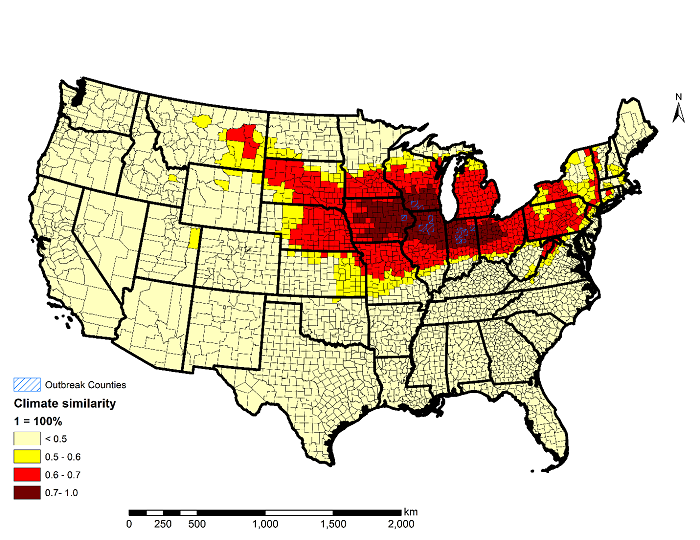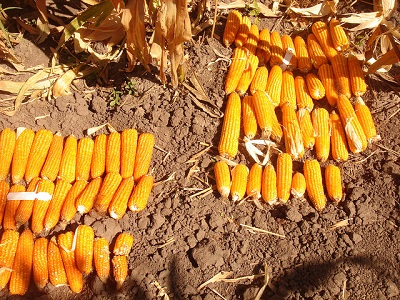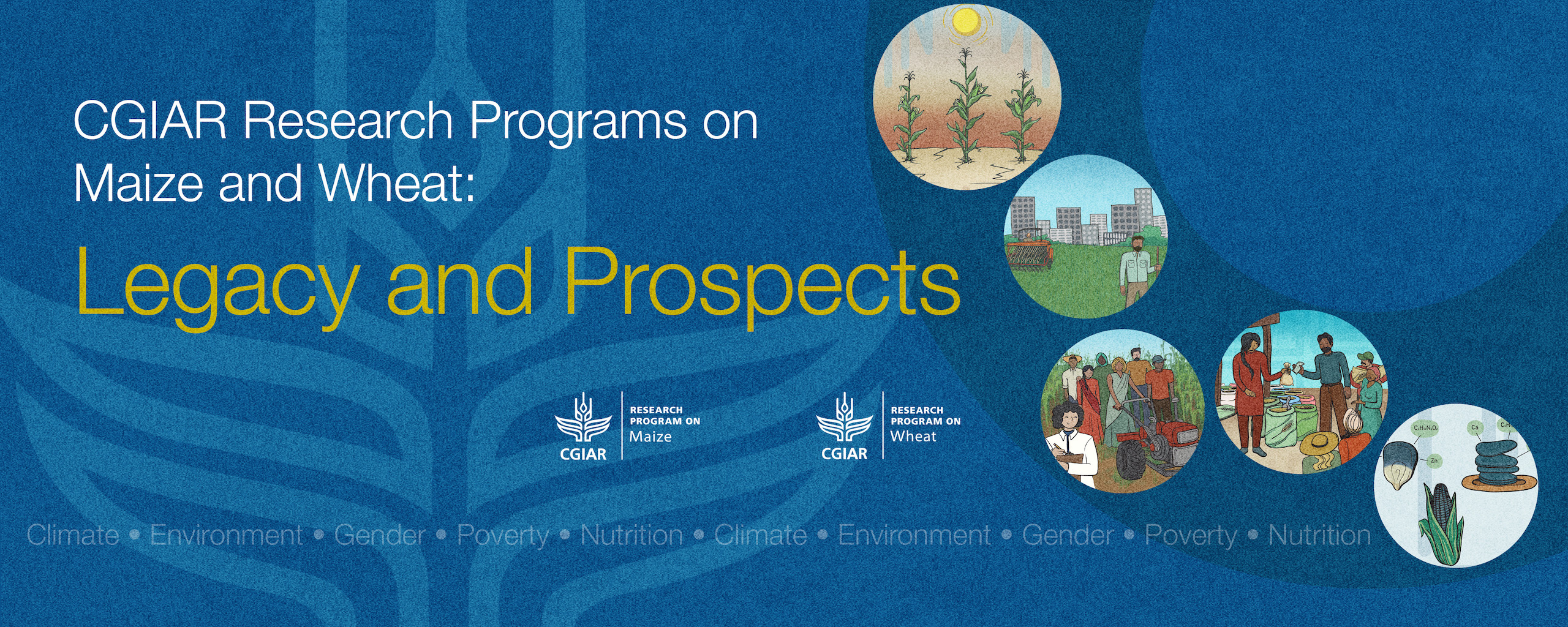
A new study shows that nearly 12 million hectares of the maize-growing USA, approximately 33 percent of the entire maize-growing area of the country, might be vulnerable to a disease called Tar Spot Complex (TSC).
Native to Latin America, one of the two major fungal pathogens involved in TSC of maize was detected for the first time in the United States in 2015. In Latin America, TSC can cause up to 50 percent losses in maize yields, but the impact of one fungal pathogen alone on maize yields unknown. There is a hypothetical likelihood that the second fungal pathogen involved in TSC, could migrate to the US. If this happens, the devastating TSC disease in the US could cause significant economic damages.
Even a one percent loss in maize production caused by the disease in this area could lead to a reduction in maize production of 1.5 million metric tons of grain, or approximately $231.6 million in losses. Such production losses would not only affect the $51.5 billion US maize industry, but also the food security in a number of low-income countries that are heavily dependent on maize imports from the US.
The emergence and spread of new crop diseases or new variants of already established diseases around the globe over the last decades have generated serious threats for food safety and security. Therefore, the improvement of crop disease resistance has become one of the key focus topics of research at the International Maize and Wheat Improvement Center (CIMMYT).
The intent of this study is to raise public awareness regarding potential TSC outbreaks and to develop strategies and action plans for such scenario.
This study was published by an interdisciplinary team of CIMMYT scientists in the journal of Mitigation and Adaptation Strategies for Global Change regarding the potential threats of TSC in the US and its global consequences. Within this article, ex-ante impact assessment techniques were combined with climate analogue analysis to identify the maize growing regions that may be vulnerable to potential TSC outbreaks in the USA.
This work was supported by the CGIAR Research Program on Maize (MAIZE).

 Nutrition, health and food security
Nutrition, health and food security 
